English Heritage sites near Selmeston Parish
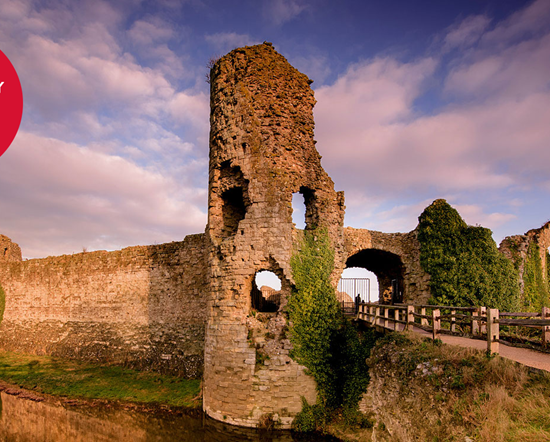
PEVENSEY CASTLE
9 miles from Selmeston Parish
With a history stretching back over 16 centuries, Pevensey Castle chronicles more graphically than any other fortress the story of Britain's south coast defences.

1066 BATTLE OF HASTINGS, ABBEY AND BATTLEFIELD
16 miles from Selmeston Parish
For a memorable family day out in Sussex visit Battle Abbey, the site of the 1066 Battle of Hastings. An enjoyable way to discover more about the most famous date in English history.
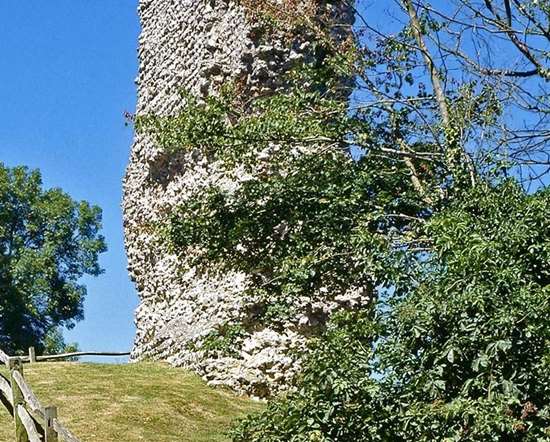
BRAMBER CASTLE
20 miles from Selmeston Parish
The remains of a Norman castle on the banks of the River Adur, founded by William de Braose soon after the Norman Conquest.
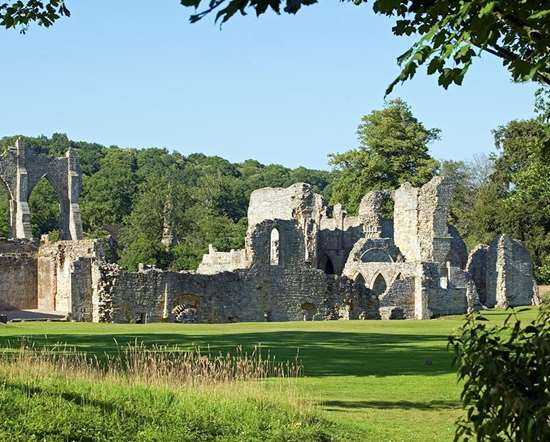
BAYHAM OLD ABBEY
20 miles from Selmeston Parish
Bayham Abbey makes a fascinating day out on the Kent Sussex border. The impressive ruins include much of the 13th to 15th-century church, the chapter house, and a picturesque 14th-century gatehouse.
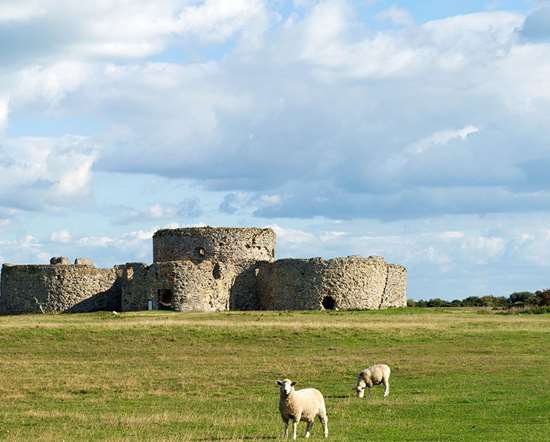
CAMBER CASTLE
27 miles from Selmeston Parish
Enjoy a guided tour around this historic castle built by Henry VIII. Camber Castle lies between Rye and Winchelsea. The ruin of an unaltered artillery fort designed to guard the port of Rye.
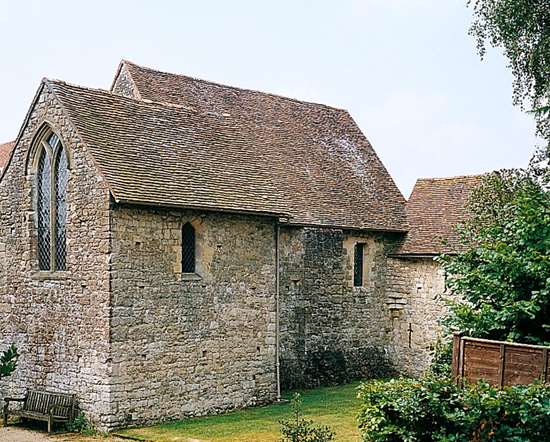
OLD SOAR MANOR
30 miles from Selmeston Parish
A small but complete portion of a stone manor house built about 1290. The first floor 'solar' private chamber, with attendant chapel and garderobe, stands over a vaulted undercroft.
Churches in Selmeston Parish
Selmeston Church

Off A27
Selmeston
Polegate
(01323) 870512
http://www.sussexdownlandchurches.org.uk
Selmeston Church Guide
Selmeston Church is a Grade II listed building, whose dedication is unknown. It was largely reconstructed in 1867 by the then Vicar, Chancellor W. D. Parish under the direction of the architect, Ewan Christian, and very little of the original building remains. The Domesday Book, however, records that there was a church here served by a priest, whose patron was William de Cahanges, the Lord of the Manor.
In the 12th century the patronage was transferred to the Bishop of Chichester, who attached it to the cathedral prebend of Heathfield to which it still belongs. The list of Vicars dates from 1350 and the registers from 1667.
"Mayday"
The churchyard is circular and contains the gravestone of Frederick Stanley Mockford (1897-1962) just to the right of the entrance to the church. In 1923 Mockford originated the Mayday call sign. He was a senior radio officer at Croydon Airport in London and was asked to think of a word that would indicate distress and would easily be understood by all pilots and ground staff in an emergency. Since much of the traffic at the time was between Croydon and Le Bourget Airport in Paris, he proposed the word "Mayday" from the French m'aider. "Venez m'aider" means "Come help me".
The ‘Painful' Preacher
At the east end of the South aisle there is a ‘brass' with the following wording: The body of Henry Rogers a painfvll Preacher in this churche two and thirty yeeres who dyd the sixt of May Ano dni 1639, and in the yeere of his age 67 lyeth heere expecting the Second Coming of Our Lord Jesus Christ. I did beleeve and therefore spake Whereof I tavght I doe pertake. Henry Rogers. Today ‘painfvll' would be better understood as ‘painstaking' or ‘industrious'.
Church Features
The small south aisle is separated from the nave by a timber arcade of three bays supported on two octagonal wooden pillars resting on modern stone bases. It is early 15th century, but has been considerably restored. Such arcading is unique in Sussex churches.
The altar has its original marble slab with five consecration crosses; while there are also in the Sanctuary a 13th century piscina and two modern corbels, one praying and the other playing a harp.
The beautiful stained glass windows in the church are mainly copies of the originals: the East window being of the Decorated and the rest of the Perpendicular period. There is a medieval holy water stoup in the modern porch. Details of the Annunciation window by Kempe can be found by clicking here.
In front of the chancel is a ledger stone with the inscription: "Ann Widow of William Cox of Stanstead in the county of Kent, and daughter of Robert and Elizabeth Rochester. Died 1741, aged 57 years".
On the North wall is a monument of 1532, which was originally used as an Easter Sepulchre, and contains the following lines on the back: Here lyeth Dam Beatris Braysvm tyme the wyffe of Syr Edward Bray and dawgter of Raffe Sherley of Wyston and Wyfe of Edward Elderton.
Also on the north side is an inscribed ledger and brass belonging to the Caldicott family, who held Sherrington Manor from the 17th to the 19th century. Other ledgers are inserted into the vestry floor, one of which has the curious wording: Here lyeth ye body of Henry Rochester Dyed May 28 1646. Apostrophe AD Omnes. This life that's packt with ielovsles and fears I love not. That's beyond the lists of fears. That life for me. For here I cannot breathe my prayers ovt. There I shall have breath to say Ovr Father that's in heaven wth me where chores of sancts and innocents there be Christianos. No sooner christened bvt possession I took of the heavenlie habitation.
The church possesses a silver communion cup dated 1632 and inscribed ‘William Wenham his gift', a silver paten cover of the same year, and a silver flagon of 1674 with the words ‘altare sanctificat munus' on its lid.
Kneelers
The church has a wonderful set of embroidered kneelers - both at the altar rail an in the pews.
Selmeston Village
For further information about Selmeston Village, together with additional historic photos of the church, etc., please take a look at www.selmeston.info - which has been created by local villagers
No churches found in Selmeston Parish
